Technology has always been a driving force behind progress, but some innovations have had a truly transformative impact on entire industries. From the steam engine that powered the Industrial Revolution to modern breakthroughs like blockchain and 3D printing, these game-changing inventions have reshaped how we work, communicate, and live. By improving efficiency, creating new opportunities, and pushing the boundaries of what’s possible, these innovations continue to influence the world today.
The Steam Engine

The steam engine, perfected by James Watt in the late 18th century, is often credited with launching the Industrial Revolution. Prior to this innovation, industries were dependent on human labor, animals, and unreliable natural forces like wind or water to power machinery. With the steam engine, factories could operate continuously and at larger scales, enabling mass production of goods from textiles to iron. Railways and steamships, powered by steam engines, revolutionized transportation, drastically reducing travel time and costs while boosting global trade. This innovation didn’t just affect industries; it also reshaped cities as factories multiplied and populations surged around industrial hubs. Ultimately, the steam engine laid the groundwork for modern industrial societies.
The Assembly Line
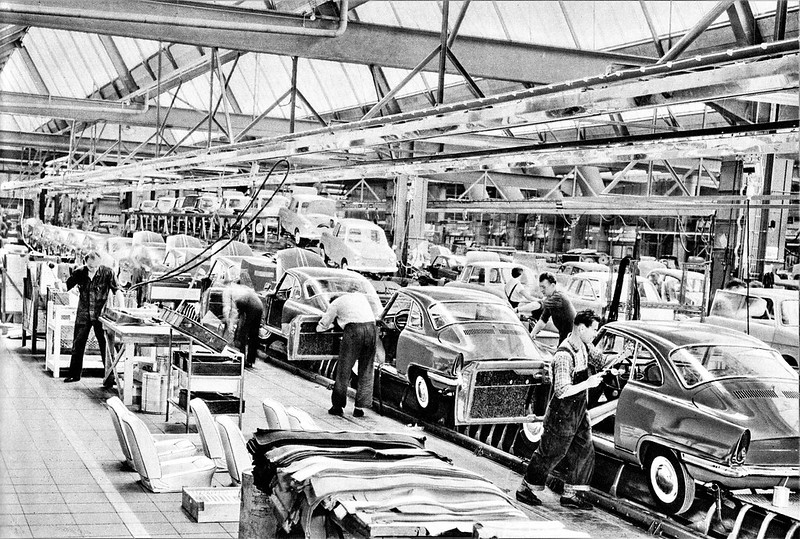
The assembly line, famously implemented by Henry Ford in 1913, transformed manufacturing by introducing the concept of specialization and division of labor. Prior to this, products like cars were crafted individually by skilled workers, a time-consuming and expensive process. With the assembly line, Ford’s workers performed specific tasks repeatedly, vastly increasing production speed and reducing costs. As a result, the Model T became affordable to the average American, reshaping the economy and society. This method also spread to other industries, from food processing to electronics, revolutionizing how products were made. Beyond efficiency, it introduced new standards for quality control, consistency, and production scale that continue to shape modern industries.
The Internet

The Internet, initially developed as ARPANET by the U.S. Department of Defense in the late 1960s, evolved into the global network that drives the modern world. By the early 1990s, it had transitioned from a tool for academics and the military to a commercial and public platform. E-commerce, which now fuels global trade, and social media, which has redefined communication, are direct results of this digital infrastructure. Businesses became more agile, governments more transparent, and education more accessible thanks to this innovation. The Internet also facilitated the rise of cloud computing, which allows companies to store and process data remotely, transforming how industries operate. From entertainment to healthcare, every sector has been touched by the Internet’s vast influence.
The Printing Press

Johannes Gutenberg’s invention of the movable-type printing press around 1440 is often heralded as one of the most important technological advancements in human history. Before its invention, books and written materials were painstakingly copied by hand, making them scarce and expensive. The printing press made it possible to reproduce text quickly and in large numbers, democratizing knowledge and making education more accessible. The spread of ideas during the Renaissance, Reformation, and Enlightenment was fueled by the mass distribution of printed materials. This revolutionized not just education but also religious, political, and cultural institutions, creating a literate, informed society. Today, while the press has evolved with digital media, its foundational impact remains unmistakable.
The Microchip

The invention of the microchip, or integrated circuit, in 1958 by Jack Kilby and Robert Noyce, marked the dawn of the digital age. By integrating numerous electronic components onto a small silicon chip, computers and electronic devices could be made smaller, faster, and cheaper. This innovation didn’t just revolutionize computing; it transformed industries from telecommunications to healthcare. Microchips power everything from smartphones and computers to medical devices and space exploration technologies. They’ve enabled advancements in artificial intelligence and big data analytics, pushing the boundaries of what’s possible in science, business, and entertainment. The microchip is the silent workhorse behind many of the conveniences and advancements of modern life.
The Electric Lightbulb

While many people contributed to the development of electric lighting, it was Thomas Edison who made the incandescent lightbulb commercially viable in 1879. Before electric light, homes and businesses relied on gas lamps or candles, which were dangerous and dim. The lightbulb transformed daily life by allowing people to work, socialize, and perform tasks well after dark. Factories extended their hours of operation, increasing productivity and contributing to the growth of the global economy. The widespread adoption of electric lighting also laid the groundwork for the electrical grid infrastructure, which further modernized cities. Today, more energy-efficient lighting technologies, such as LEDs, owe their existence to Edison’s breakthrough.
The Telephone

Invented by Alexander Graham Bell in 1876, the telephone was a groundbreaking leap forward in communication. Before its invention, long-distance communication was limited to written letters or telegraphs, which could take days or weeks to convey messages. The telephone allowed people to have real-time voice conversations over long distances, shrinking the world in terms of connectivity. Businesses quickly adopted the technology to improve communication, efficiency, and customer service. Over time, the telephone evolved from bulky, wired devices to portable, mobile phones, eventually leading to the smartphones we rely on today. This innovation paved the way for the modern telecommunications industry, fundamentally altering personal and professional communication.
The Automobile
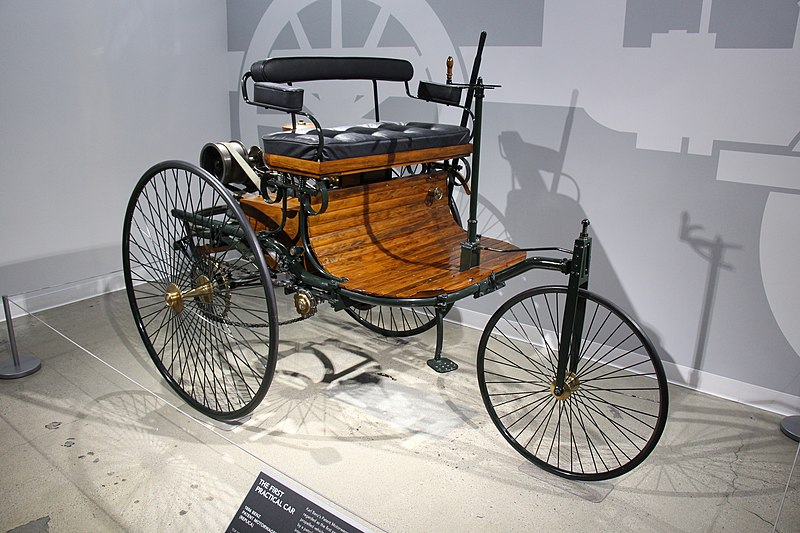
Karl Benz’s creation of the first gasoline-powered automobile in 1886 revolutionized transportation and urban development. Before the automobile, travel was slow and limited by the availability of horses, trains, or boats. The car gave people unprecedented personal mobility, allowing them to travel longer distances faster and more efficiently. This innovation spurred the growth of suburbs and reshaped city planning, with road networks becoming central to infrastructure. The automobile also created industries in oil, rubber, and steel, generating millions of jobs globally. Today, the car industry continues to evolve, with innovations in electric and autonomous vehicles pushing the boundaries of what’s possible in personal transportation.
The Airplane
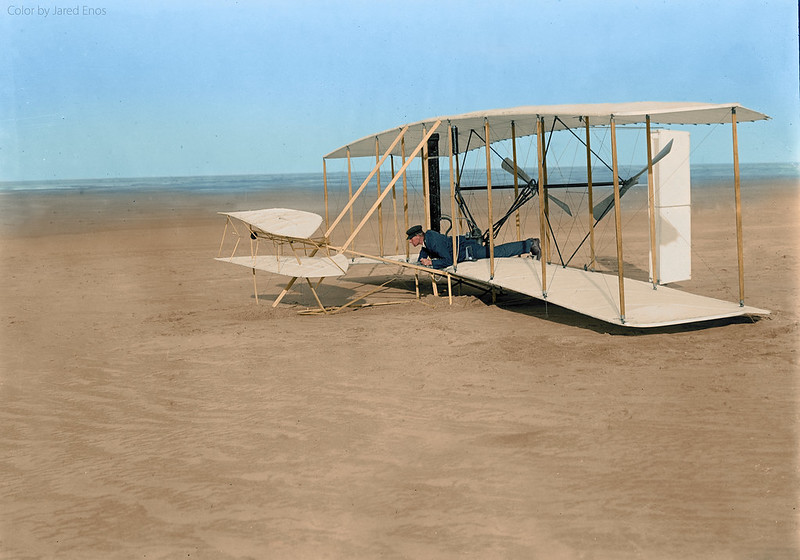
The Wright brothers’ successful flight in 1903 marked the beginning of modern aviation. Initially seen as a novelty, airplanes quickly demonstrated their potential to shrink the world by enabling rapid long-distance travel. Aviation transformed global trade by allowing goods to be transported across continents in a matter of hours rather than weeks. It also revolutionized warfare, introducing air combat and aerial surveillance during World War I and II. As commercial airlines took off, tourism became a global industry, and international business opportunities expanded dramatically. Today, the airplane remains one of the most important transportation innovations, connecting people and cultures worldwide.
The Personal Computer
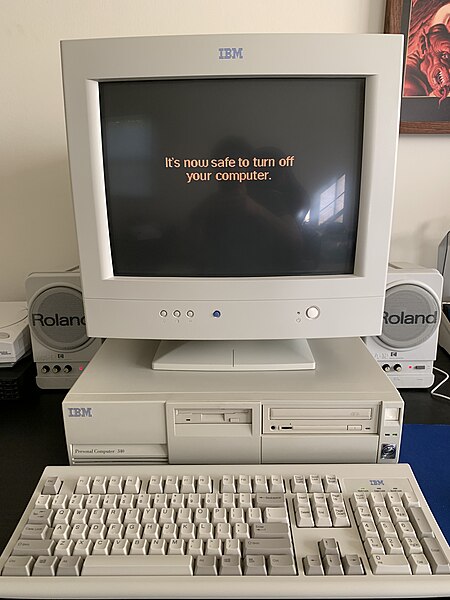
The introduction of the personal computer in the late 1970s, particularly with the release of the Apple II and IBM PC, brought computing power into homes and small businesses. Before this, computers were large, expensive, and confined to research labs or corporations. Personal computers democratized technology, enabling individuals to perform complex tasks like word processing, data analysis, and gaming. They transformed industries such as finance, education, and healthcare by making information more accessible and manageable. As software developed, PCs became even more versatile, capable of running everything from spreadsheets to graphic design programs. The personal computer laid the foundation for the digital revolution, culminating in today’s interconnected, tech-driven society.
The Transistor
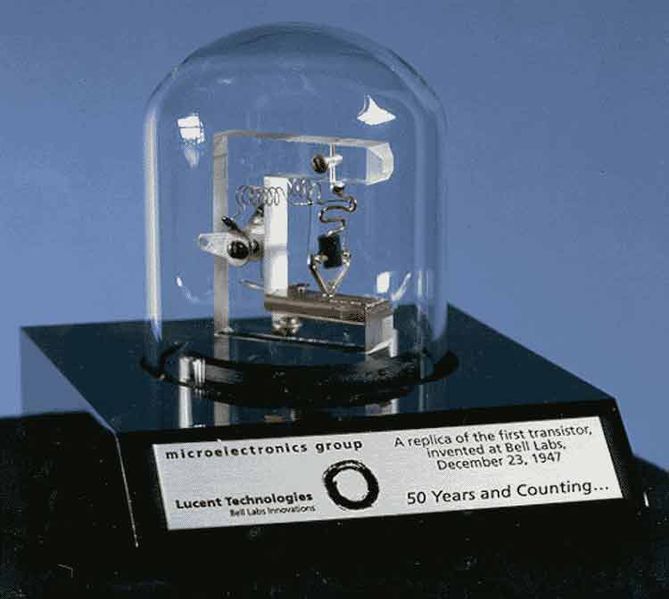
Invented in 1947 by John Bardeen, Walter Brattain, and William Shockley, the transistor is often regarded as one of the most significant inventions of the 20th century. Before its development, electronics relied on bulky, unreliable vacuum tubes, which were prone to frequent failure. The transistor, however, could amplify electrical signals more efficiently, was more durable, and consumed far less power. This breakthrough led to the miniaturization of electronic devices and became the foundation of modern computing. It revolutionized industries such as telecommunications, computing, and consumer electronics, giving birth to technologies like smartphones, radios, and televisions. Without transistors, the digital revolution, and much of the technology we rely on today, would not have been possible.
The World Wide Web

Developed by Sir Tim Berners-Lee in 1989, the World Wide Web transformed the Internet from a tool for academics and military personnel into a global information-sharing network. By creating a system of hyperlinked documents accessible via a browser, Berners-Lee made the Internet easy to navigate and use. This innovation reshaped industries from media to retail, as websites became the primary way to distribute content and sell products. E-commerce giants like Amazon and Alibaba owe their success to the web’s ability to connect businesses directly to consumers. Furthermore, the World Wide Web fueled the growth of social media platforms, digital marketing, and online education. Today, it is integral to daily life, serving as the backbone of our digital world.
The GPS (Global Positioning System)
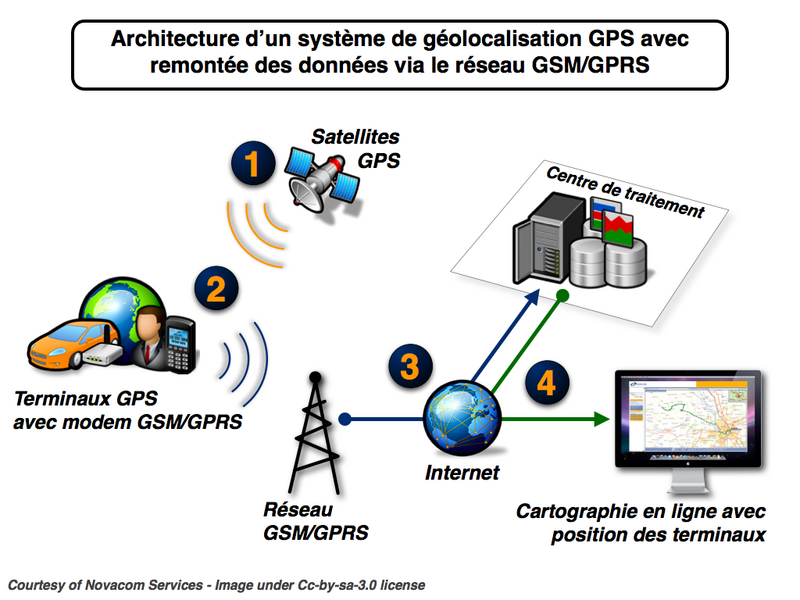
The Global Positioning System (GPS), initially developed by the U.S. Department of Defense in the 1970s, was intended for military use, but it has since revolutionized numerous industries. GPS technology allows for precise location tracking using a network of satellites, transforming navigation, transportation, and logistics. It’s not just limited to helping people get from point A to point B; GPS is used in agriculture for precision farming, in smartphones for location-based services, and in aviation and shipping for safe travel routes. GPS technology has also been critical in search and rescue missions, reducing response times and saving lives. Today, it plays a vital role in everything from ride-hailing apps to tracking fitness activities.
The Smartphone
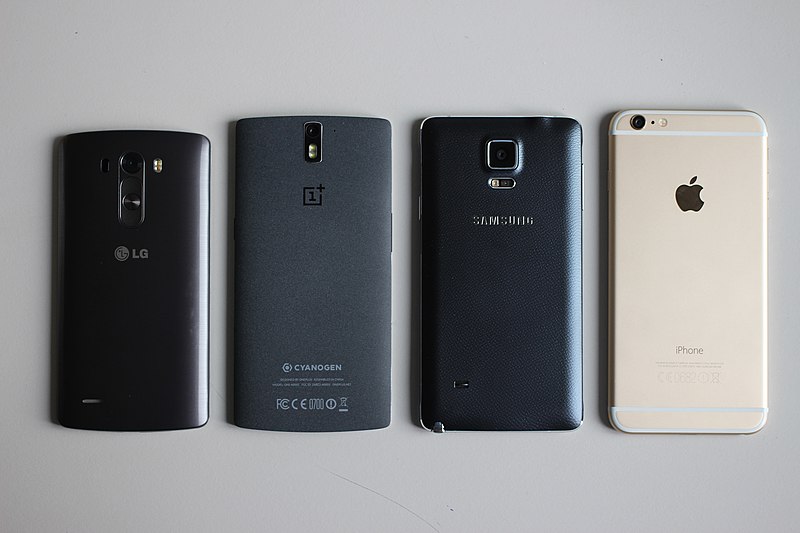
The smartphone, introduced by Apple’s iPhone in 2007, revolutionized communication, computing, and entertainment in a single, handheld device. Although mobile phones existed before, the smartphone combined a phone, computer, and multimedia player into one, redefining how people interact with technology. The integration of apps allowed users to customize their experience, leading to the growth of industries such as mobile gaming, social media, and e-commerce. Beyond personal use, smartphones have transformed business operations by enabling remote work and mobile commerce. They have also made information more accessible, from news updates to weather reports, and have revolutionized global communication. Today, the smartphone is an indispensable tool in everyday life.
The Credit Card

First introduced in the 1950s by Diners Club, and later expanded by companies like American Express and Visa, the credit card changed the way people make purchases. By allowing consumers to buy now and pay later, credit cards revolutionized consumer finance, enabling the rise of the global consumer economy. The technology behind credit cards, including magnetic strips and chip-and-PIN systems, has evolved, making transactions faster, more secure, and more convenient. It has also given rise to rewards programs, online shopping, and mobile payments, further changing how people spend and manage money. Credit cards have made international transactions easier, fostering global commerce and travel. Today, they are central to both personal and business finance.
The Electric Motor
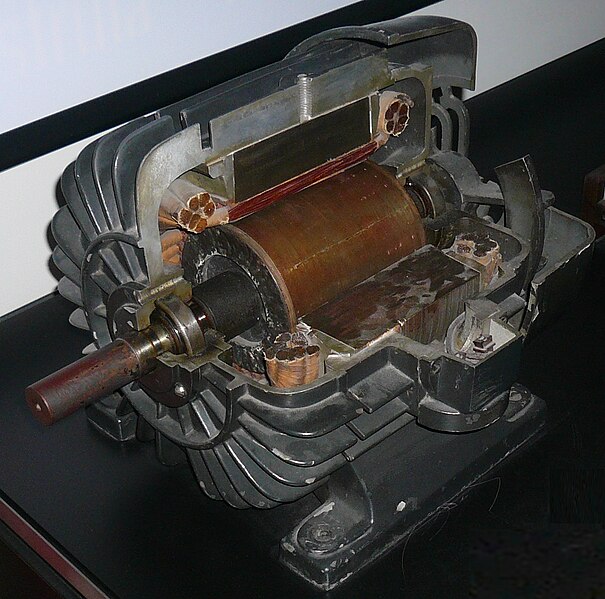
The invention of the electric motor, which converts electrical energy into mechanical motion, was a pivotal moment in the history of technology. Nikola Tesla’s work on alternating current (AC) motors in the late 19th century laid the foundation for widespread industrial use. Electric motors are now found in everything from household appliances to industrial machinery, revolutionizing production processes by providing reliable, clean, and efficient power. This innovation drastically reduced the need for manual labor in factories, enabling automation and mass production. Electric motors also played a crucial role in the development of electric vehicles, which are transforming the automotive industry today. The impact of electric motors can be seen in virtually every aspect of modern life.
Antibiotics

The discovery of antibiotics, particularly penicillin by Alexander Fleming in 1928, transformed medicine by providing a means to treat bacterial infections effectively. Before antibiotics, diseases like pneumonia, tuberculosis, and sepsis were often fatal. With the advent of these drugs, infections that once caused widespread death became manageable, drastically increasing life expectancy and improving overall public health. Antibiotics also revolutionized surgery, making it safer by preventing postoperative infections. Their use has spread beyond human medicine to veterinary practices and agriculture, improving the health and productivity of animals. While antibiotic resistance is a growing concern, the role of antibiotics in saving countless lives cannot be overstated.
The Digital Camera

The invention of the digital camera, which replaced traditional film-based photography, has had a profound impact on industries ranging from journalism to entertainment. The first consumer digital cameras, introduced in the 1990s, allowed people to take an unlimited number of photos, review them instantly, and store them digitally. This revolutionized photography by making it more accessible and cost-effective, leading to the rise of amateur photography and platforms like Instagram. In industries such as advertising and media, digital photography enabled faster production timelines and greater creative freedom. Digital cameras have also played a critical role in space exploration, medical imaging, and surveillance. Today, nearly every smartphone is equipped with a high-quality digital camera.
The Blockchain
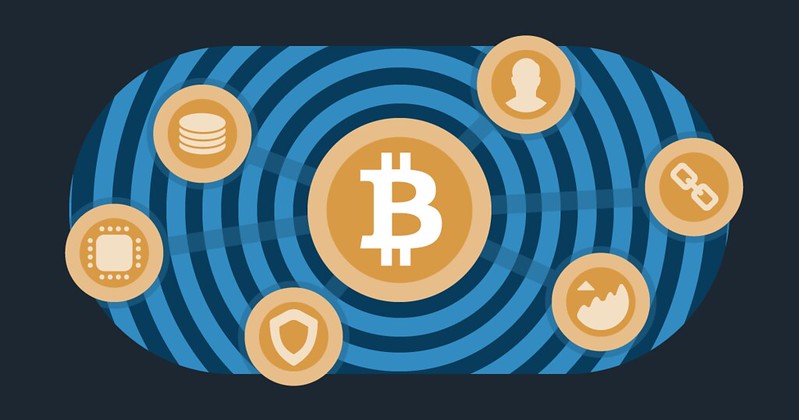
Blockchain technology, introduced with the creation of Bitcoin in 2008, has revolutionized the way digital transactions are recorded and verified. This decentralized ledger system allows for secure, transparent, and tamper-proof transactions without the need for intermediaries such as banks or governments. Blockchain has applications beyond cryptocurrency; it is being used in industries such as supply chain management, healthcare, and voting to improve transparency and security. It also has the potential to revolutionize finance, creating decentralized financial systems (DeFi) that allow for peer-to-peer lending and investments. Blockchain is still an emerging technology, but its potential to transform industries is immense, particularly as it continues to evolve and find new applications.
3D Printing

3D printing, or additive manufacturing, has transformed industries by enabling the creation of complex objects layer by layer from digital models. First developed in the 1980s, the technology has since advanced, making it possible to print everything from prototypes to finished products using materials such as plastic, metal, and even biological tissue. This innovation has revolutionized industries like healthcare, where 3D printing is used to create prosthetics, medical devices, and even organs for transplantation. In manufacturing, it has shortened product development cycles by allowing for rapid prototyping. It’s also changing the construction, aerospace, and fashion industries by enabling customized, on-demand production. The potential for 3D printing to disrupt traditional manufacturing processes continues to grow.
This article originally appeared on Rarest.org.
More From Rarest.Org
Iconic guitars have played a major role in shaping music history, often becoming as legendary as the musicians who wielded them. From blues to rock, these instruments were key to the creation of timeless songs and unforgettable performances. Read more.
Forgotten musical instruments, once pushed aside by modern innovations or changes in musical tastes, are now experiencing a resurgence in value. From rare string instruments to unique wind instruments, collectors are willing to pay high prices for these historical treasures. Read more.
Grasslands are some of the most important yet underappreciated ecosystems on Earth, providing habitat for countless species and essential services like carbon storage. However, these vital areas are disappearing at an alarming rate due to agricultural expansion, urbanization, and climate change. Read more.



